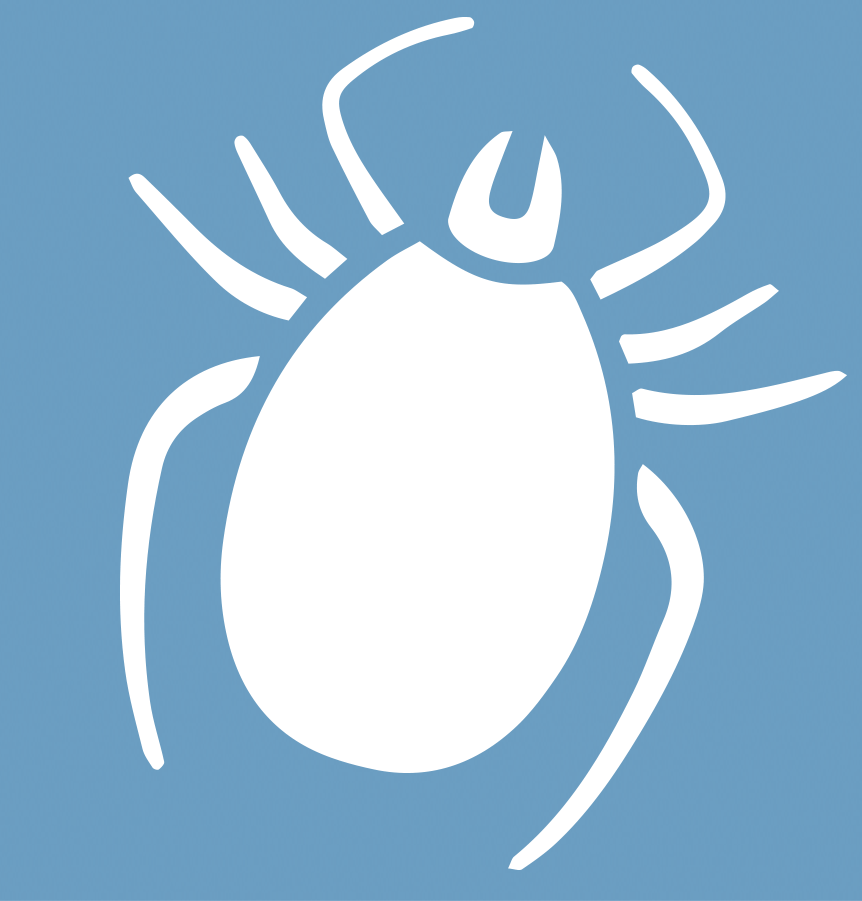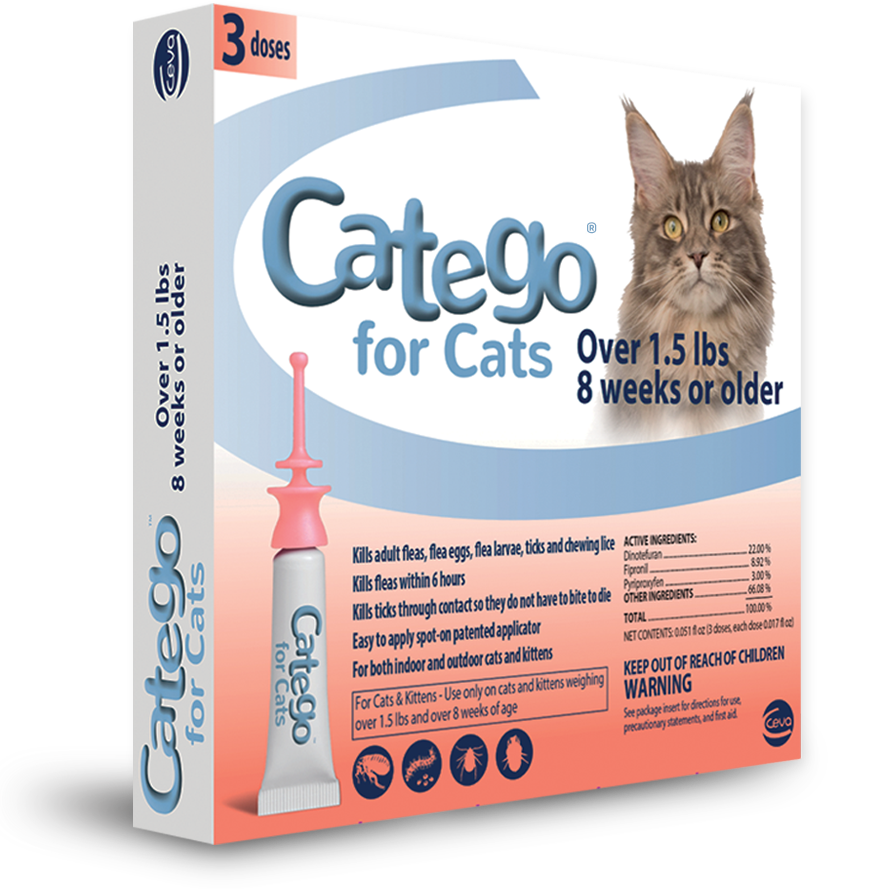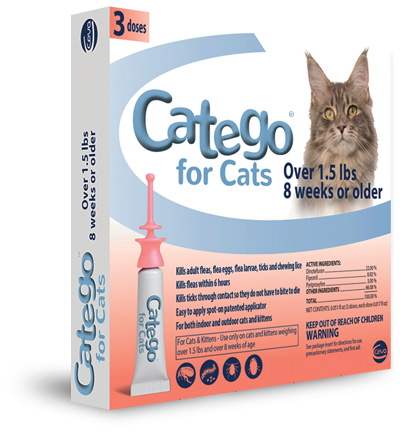
Ticks are blood sucking parasites that attach to their final host (your cat) and can remain for several days. They have a three host lifecycle. Starting as an egg, they develop into larvae and feed off their first host, usually a rodent, squirrel or wild animal. From here, they become a nymph and attach to a second host, feeding for days or weeks. They eventually reach the adult stage and seek out your cat as their final host.



How Your Cat Can Get Ticks
- Ticks, like fleas, can be transported into a house unknowingly by humans or other pets. Unlike fleas, they do not jump but they are present in the grass and woody areas.
How Ticks Impact Your Cat
- While they are not usually born carrying disease, ticks may become carriers after feeding on wild animals.
- Diseases transmitted by ticks can include Lyme disease, cytauxzoonosis, haemobartonellosis, ehrlichiosis, babesios and anaplasmosis.

Catego® Protects

Kills all life stages of ticks through contact.
Protects against Brown dog ticks (Rhipicephalus sanguineus), American dog ticks (Dermacentor variabilis), Lone Star ticks (Amblyomma americanum), Deer ticks (Ixodes scapularis).


